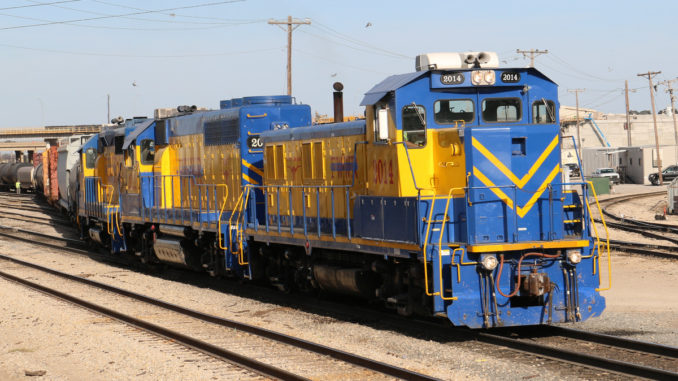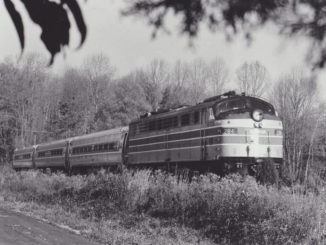
The nation’s railroads are increasing their investments in new technology diesel engines and repowering and replacement of existing locomotives, according to the Diesel Technology Forum.
That, according to the non-profit organization dedicated to raising awareness about the importance of Diesel engines, fuel and technology, means railroads are poised for achieving higher service and efficiency goals.
“Diesel has long been the technology of choice for moving people and goods by rail thanks to diesel’s proven technology, efficiency, durability reliability and now near-zero emissions,” Allen Schaeffer, executive director of the Diesel Technology Forum, said in a news release.
According to the latest available data from the U.S. Bureau of Transportation Statistics (BTS), at the end of 2018, just over 26,000 freight locomotives were in operation in the U.S., and 431 passenger rail locomotives. Except for a few passenger rail lines that are electrified, such as the Northeast and Keystone corridors, passenger and freight rail in the United States relies on diesel-powered locomotives.
While the average car engine today has about 200 horsepower, locomotive engines typically start at ten times that amount.
The smallest locomotive engines, generally up to 2,000 horsepower, are used in switch operations in freight yards, while passenger locomotives, which are typically 3,000 horsepower, are often accompanied by an auxiliary engine for “hotel” power to passenger train cars.
The most powerful locomotive engines, up to 4,000 horsepower, are primarily used for long-distance freight train operations by America’s seven Class I railroads.
New engines are now achieving the U.S. EPA Tier 4 Emissions regulations for both particulate matter and oxides of nitrogen, using ultra-low sulfur diesel fuel, according to the Diesel Technology Forum.
“Whatever form the future takes, we can be 110 percent sure that diesel engines will be a central part of it,” Schaeffer said. “Near zero emissions, suitability for hybridization and electrification and the ability to utilize more advanced renewable biofuels are all key features of advanced diesel technology today and will only grow in importance for tomorrow.”



